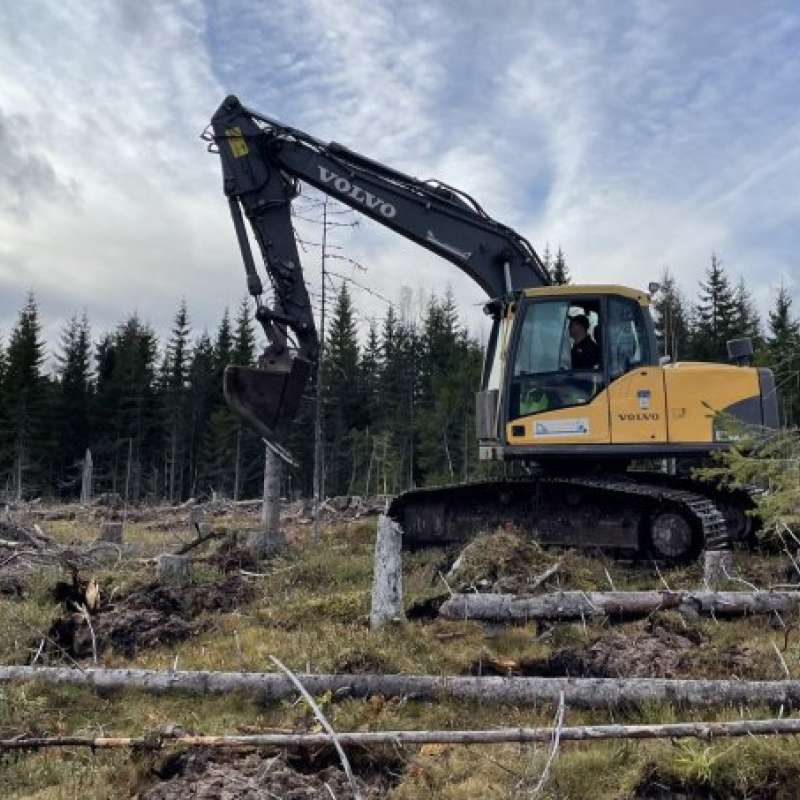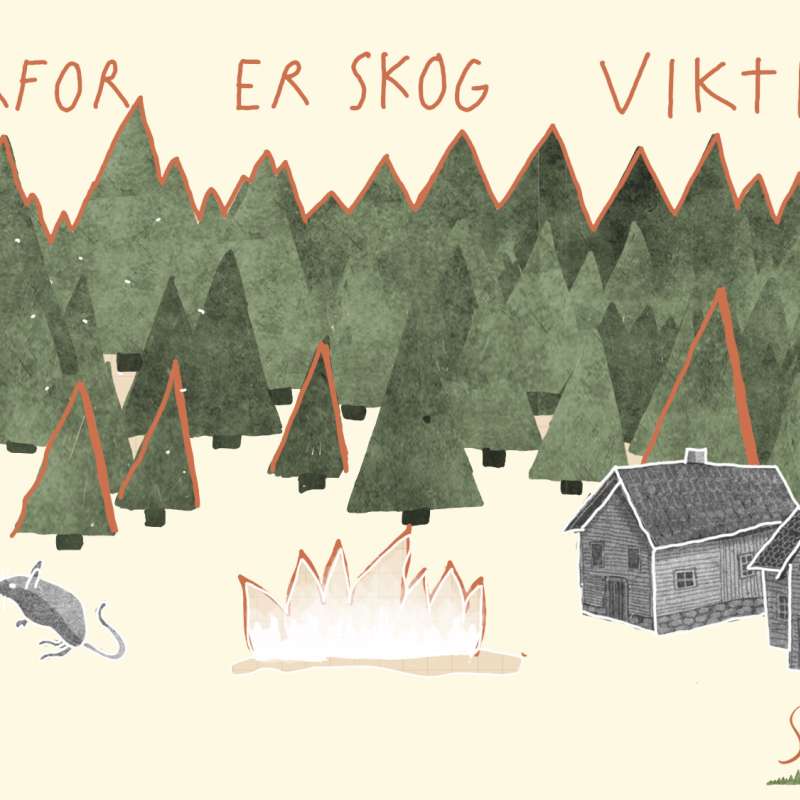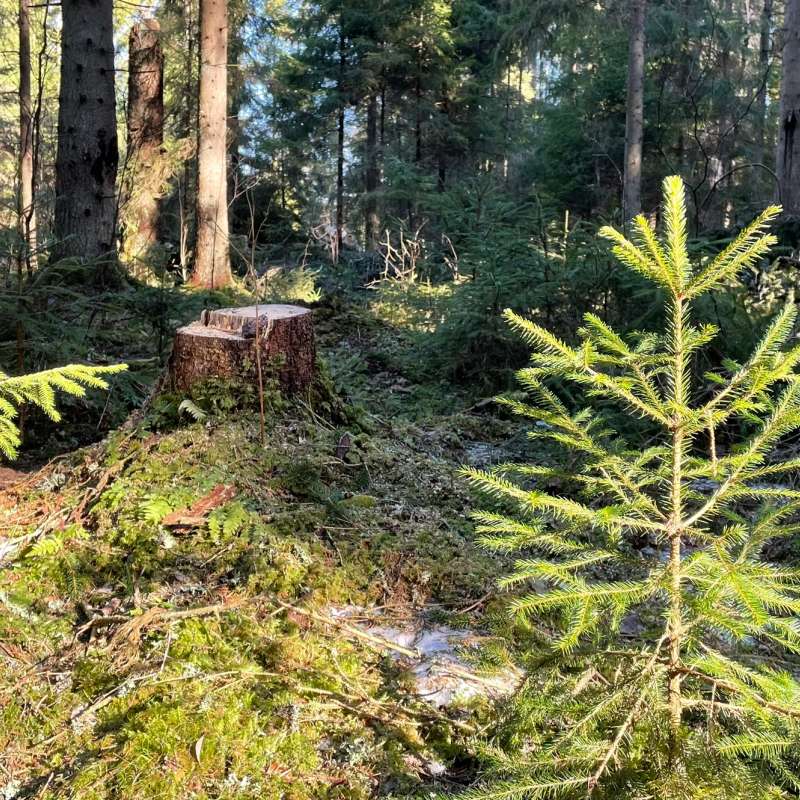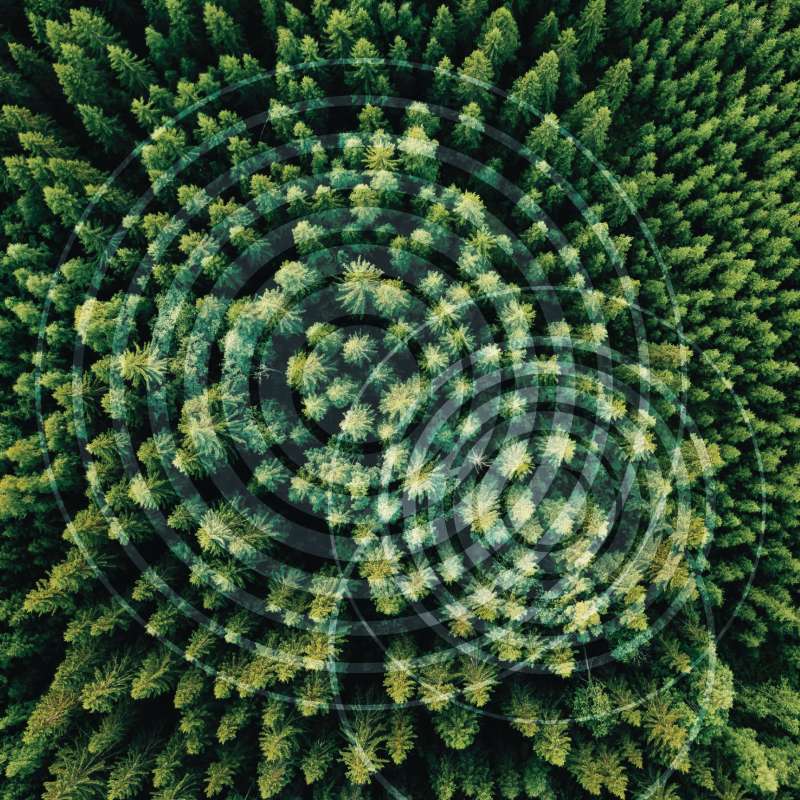Kjersti Holt Hanssen
Forsker
Biografi
Sammendrag
Based on data from 58 stands located in three different regions within Norway, this study presents new models for quantifying growth characteristics of young, planted trees of Norway spruce (Picea abies (L.) Karst), a species that forms the backbone of the Norwegian forestry sector. The study focused on well-established, sufficiently stocked plantations to capture their inherent growth patterns. The presented models predict total tree height and the number of years required to reach a diameter at breast height of 5 cm for dominant and average-sized individuals, using common tree- and stand-level metrics. The study’s findings indicate enhanced growth of young spruce stands compared to growth dynamics observed in the 1960–1970s, likely due to improved growing conditions. The models presented here are an improvement over existing similar models and can be used in future forest growth and yield simulations. The study also aimed to provide a means to predict diameter distributions of young spruce plantations. While the results suggested significant differences between observed and predicted distributions, this still represents progress as there are currently no tools to estimate diameter distributions of young spruce plantations in Norway. Further research is recommended to corroborate the findings across a larger number of sites and to consider larger sample plots for potentially more accurate diameter distribution predictions.
Forfattere
Aksel Granhus Ulrika Jansson Kjersti Holt Hanssen Jørund Rolstad Ignacio Sevillano Ken Olaf StoraunetSammendrag
Det er ikke registrert sammendrag
Vitenskapelig kapittel – Biochar in forestry
Marjo Palviainen, Kjersti Holt Hanssen, Annamari Laurén
Sammendrag
Det er ikke registrert sammendrag

Divisjon for skog og utmark
Markberedning og karbon
«Markberedning og karbon» er et samarbeidsprosjekt mellom næringsaktørene i Innlandet, Statsforvalteren i Innlandet, Skogkurs og forskningsinstitusjonene i skogbruket i Norge, med Glommen Mjøsen Skog som prosjekteier. Prosjektet har som mål å dokumentere markberedningens effekt på karbonbalansen i skogøkosystemet gjennom å måle lager av karbon, samt utslipp og opptak, i markberedt skog og kontrollflater.

Divisjon for skog og utmark
Skogprat
Vi må ha en alvorsprat om skogen, for den er så mye mer enn bare trær.
.jpg?quality=60)
Divisjon for skog og utmark
Foryngelse av gran ved planting - ForGran
Svenske og norske undersøkelser viser stor avgang i plantefelt de første årene etter utsetting. Dette innebærer et stort tap både for skogeierne, skognæringen og for samfunnet. Målet med dette prosjektet er å avdekke årsaker til den store avgangen i plantefelt for gran og bruke denne kunnskapen til å gi veiledning om avbøtende tiltak.

Divisjon for skog og utmark
Lukkede hogster: Konsekvenser for produksjon, økonomi og biomangfold
Hovedmålet til prosjektet er å bygge kunnskap og kompetanse om hvordan en omlegging av norsk skogbruk, fra flatehogst til mer bruk av lukkede hogster, vil påvirke produksjon, økonomi og biologisk mangfold.

Divisjon for skog og utmark
SFI SmartForest: Bringing Industry 4.0 to the Norwegian forest sector
SmartForest will position the Norwegian forest sector at the forefront of digitalization resulting in large efficiency gains in the forest sector, increased production, reduced environmental impacts, and significant climate benefits. SmartForest will result in a series of innovations and be the catalyst for an internationally competitive forest-tech sector in Norway. The fundamental components for achieving this are in place; a unified and committed forest sector, a leading R&D environment, and a series of progressive data and technology companies.
